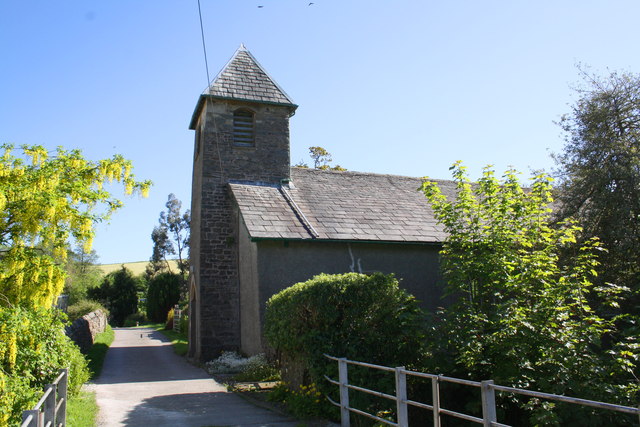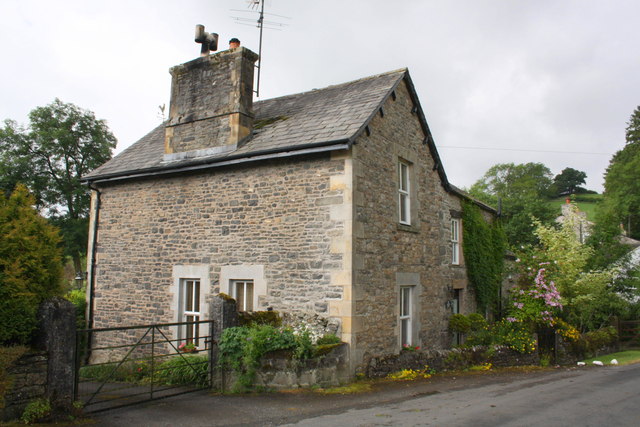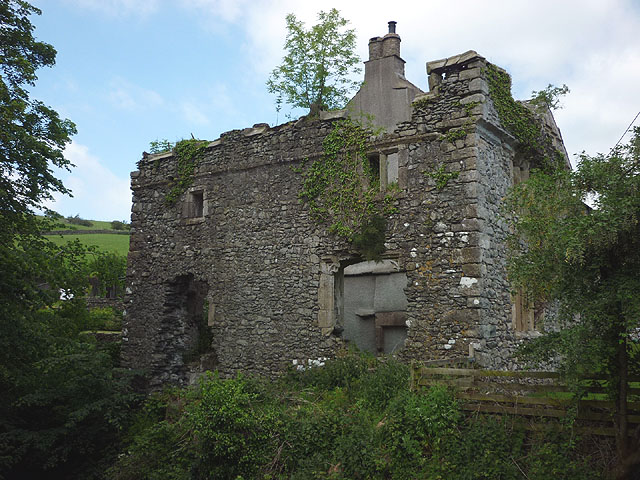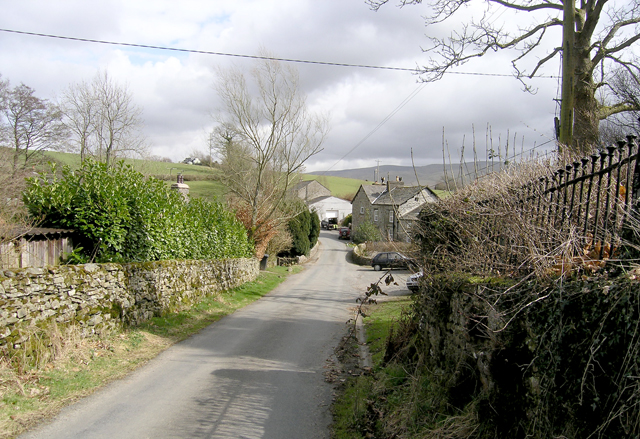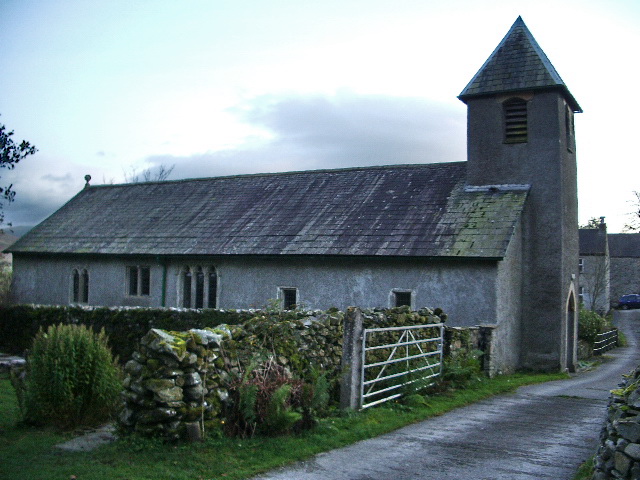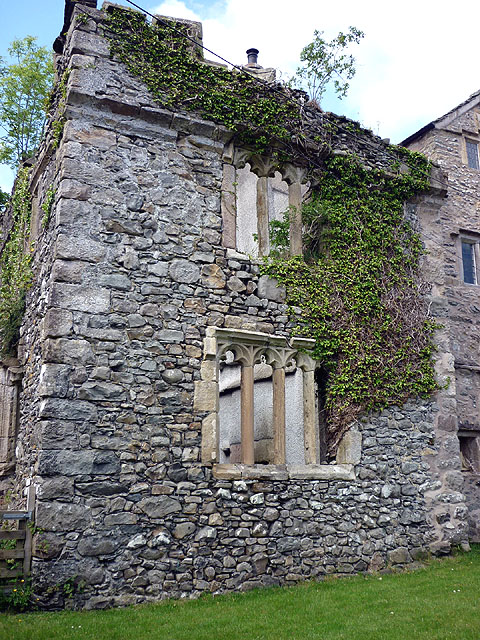Killington
Killington (aka Killington Hall) is a hamlet and civil parish in the South Lakeland district of Cumbria, located about 6 miles north of Kirkby Lonsdale and 3½ miles south-west of Sedbergh. Hall Beck (stream) flows through the hamlet before joining the River Lune about half a mile to the south-east. At the core of the hamlet are All Saints Church and Killington Hall, which date from the 14th/15th century. The hamlet and surrounding area form Killington Civil Parish. Killington Parish Hall is located in the hamlet. Historically, Killington was a township in the ancient parish of Kirkby Lonsdale in Westmorland.
Killington is a village and civil parish in the South Lakeland district of the county of Cumbria, England. It had a population of 152 in 2001, At the 2011 census Killington was grouped with Firbank giving a total population of 261.
Killington gives its name to Killington Lake, after which Killington Lake services is named, although this is located in the neighbouring parish of New Hutton.
Killington Hall, in the centre of the village, dates largely from c. 1640, was altered in 1803, and preserves the ruins of a 15th-century pele tower adjoining the main building. The Hall is adjacent to All Saints' Church, which dates from the 14th century, with 17th-century alterations, and was originally built as the chapel to the Hall.
Text from Wikipedia, available under the Creative Commons Attribution-ShareAlike License (accessed: 15/09/2021).
Visit the page: Killington, Cumbria for references and further details. You can contribute to this article on Wikipedia.
Visit the page: Killington, Cumbria for references and further details. You can contribute to this article on Wikipedia.
